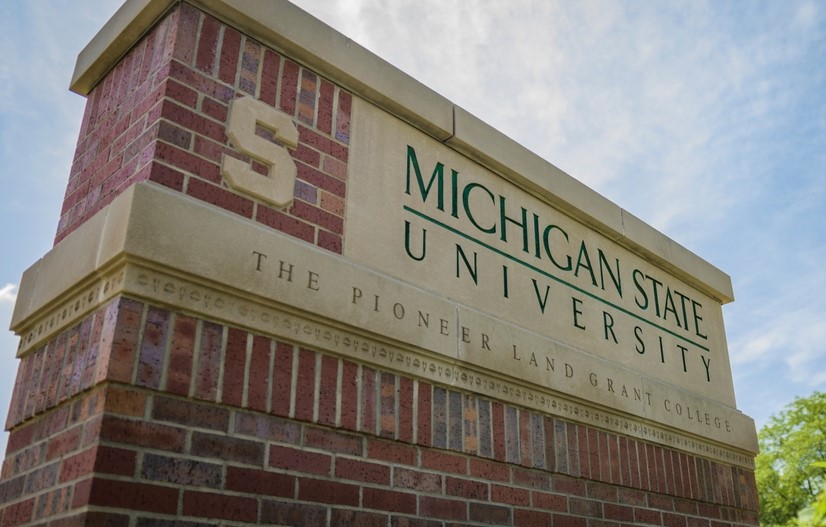Michigan State University (MSU) officials recently shared a progress update on campus safety and security initiatives taken in response to a mass shooting on Feb. 13. Three students were killed and five others were injured during the tragic event.

In late April, MSU’s Department of Police and Public Safety (DPPS) announced key findings from its ongoing investigation, including a timeline and shooter information. Meanwhile, the university’s Office of the President issued a safety update to students as the semester comes to a close.
According to the update, the university has focused enhancements in four key areas: door locks, building access, camera coverage expansion, and required training. Since March, progress has been made in two additional areas: the centralization of security systems on campus and emergency alert messaging. Progress on each priority is detailed below.
Door Locks
Locking devices for more than 1,600 classroom doors have been ordered and are beginning to arrive on campus for installation. These devices will allow anyone to secure classrooms while complying with building and fire codes and allowing first responders to enter the spaces in an emergency. Teams from MSU’s Infrastructure Planning and Facilities plan to install locking mechanisms on 100 doors each week starting May 8 and will have approximately 1,200 doors completed this summer. The remainder of the locks will be installed during the fall semester.
Building Access
Since March 13, most buildings on MSU’s East Lansing campus began requiring key card access by current students, faculty, and staff members from 6 p.m. until 7:30 a.m. on weekdays and at all hours on weekends. In addition, a new electronic access control system for MSU is underway, which creates additional opportunities for access options. Those options will be applied as the university continues to balance safety needs with maintaining a welcoming campus.
Security Camera Expansion
MSU DPPS continues to expand its security camera network across campus. In addition to the more than 2,000 cameras already in place, the department will continue to install cameras through the summer and into the fall semester. The cameras will be placed in various academic and administrative buildings on campus, in parking ramps, and on select green light phones.
Active Violence Intruder Training
Content development is underway for the Active Violence Intruder Training that will begin this fall. MSU DPPS is carefully evaluating the training modules to ensure they are trauma-informed. This content will be available online to all students, faculty, and staff at the university. In-person training by MSU DPPS will be available upon request.
Centralizing Security Systems
MSU DPPS has selected a vendor that is streamlining and centralizing the electronic access control and video management system on campus. This work is critically important to monitoring security systems on campus through the Security Operations Center. A location for the center has been identified, and the hiring process is underway for coordinators who will staff the center.
Emergency Alert Messaging
MSU DPPS is evaluating its processes for enhancing alert messaging. Already, the department has updated its SafeMSU app to include push notifications in the event of an emergency. The department also recently signed a memorandum of understanding with Ingham County Emergency Management to utilize its Wireless Emergency Alerts system to push emergency notifications to all cellular phones located in and around the East Lansing campus, regardless of university affiliation. This agreement allows MSU DPPS to call upon its partners at Ingham County Emergency Management to distribute urgent safety messages to smartphone users who have public safety, emergency, and AMBER alert capabilities on their smartphone. The alerts will be easily identifiable, with an example that reads, “EMERGENCY! Active violent threat at Building A. Avoid the area. Updates to follow.”
In addition, exterior speakers will be used with an identifiable audible tone or voice commands. Testing will be conducted to determine the most effective method considering variables of outdoor elements. The selected method of communicating via the exterior speakers will be accompanied by appropriate educational methods with our community. The use of interior video monitors and various forms of interior audio devices will also be phased into the alert system.
The full MSU announcement is available here.
